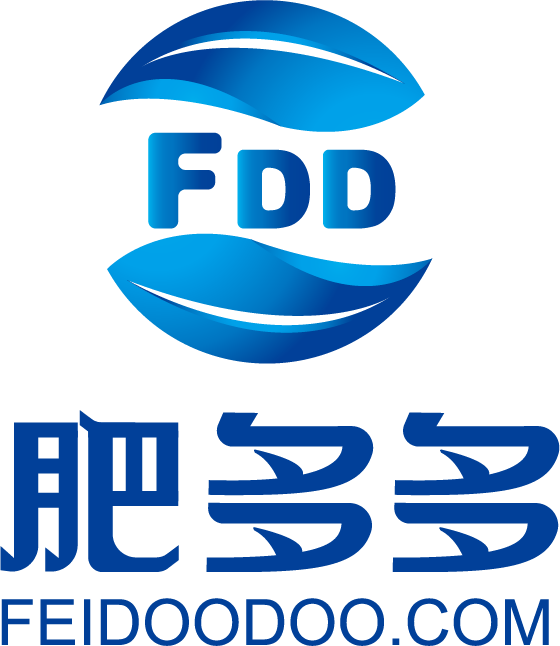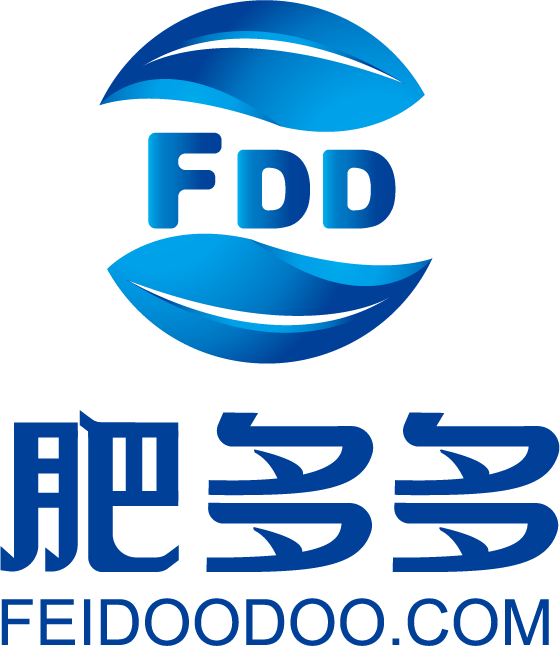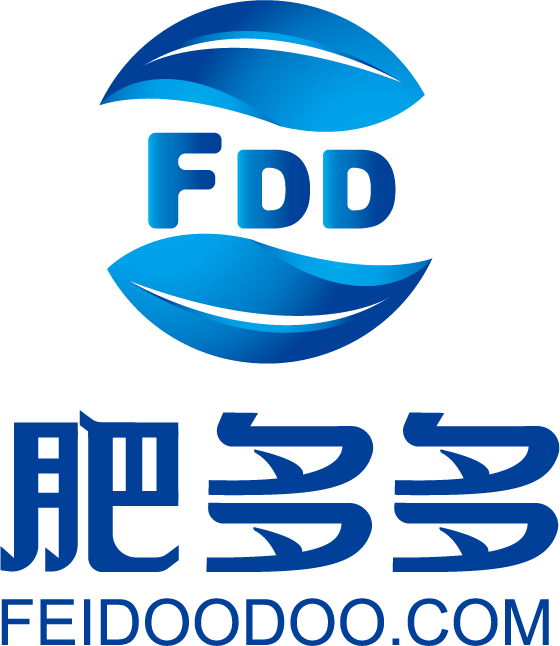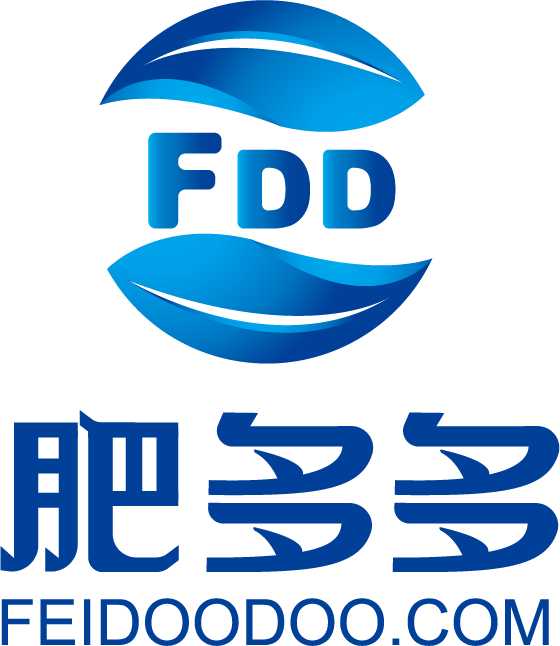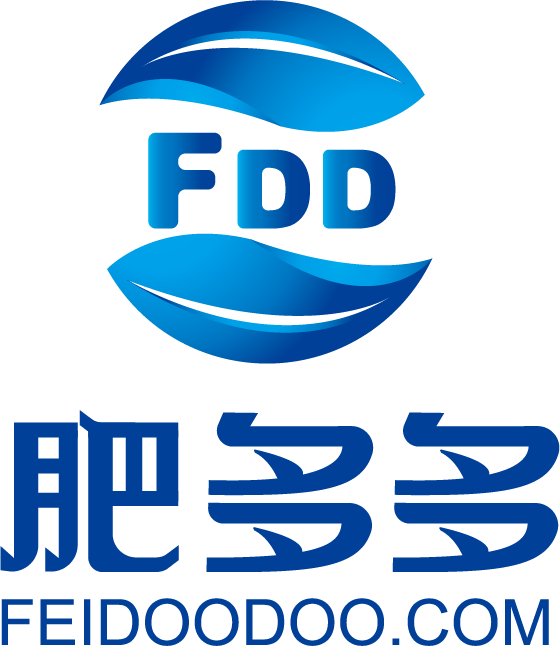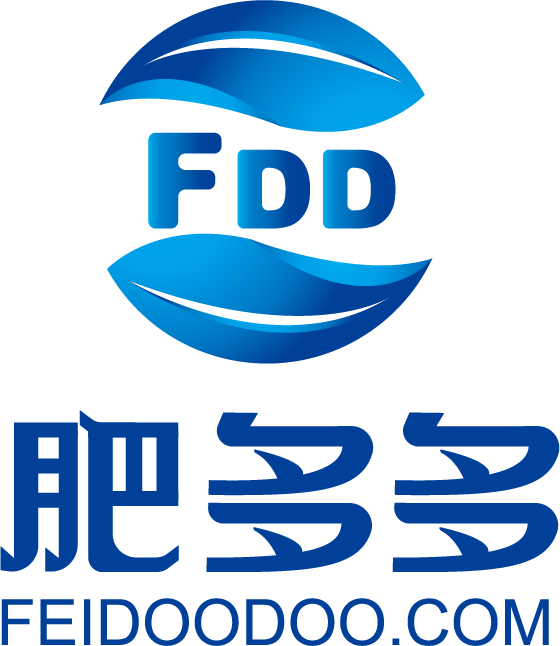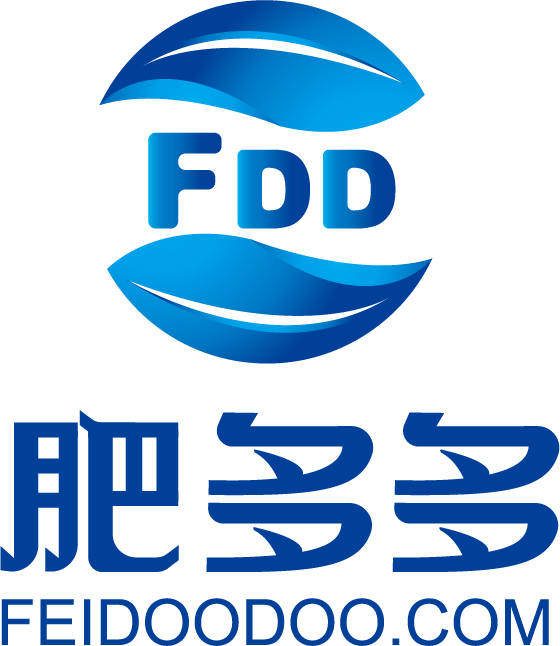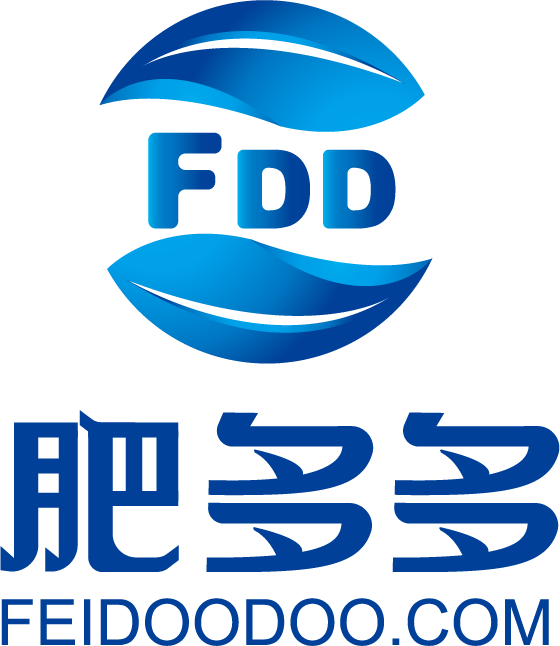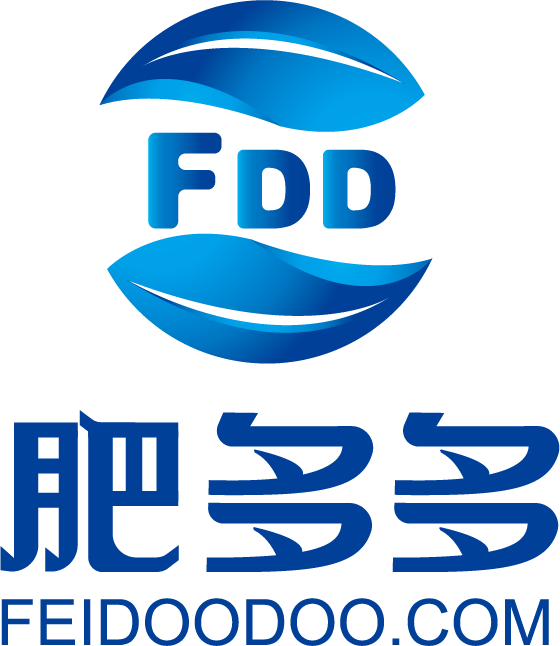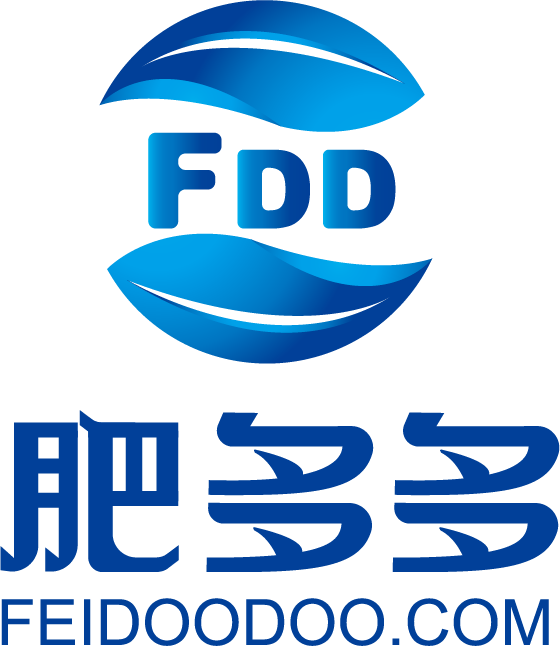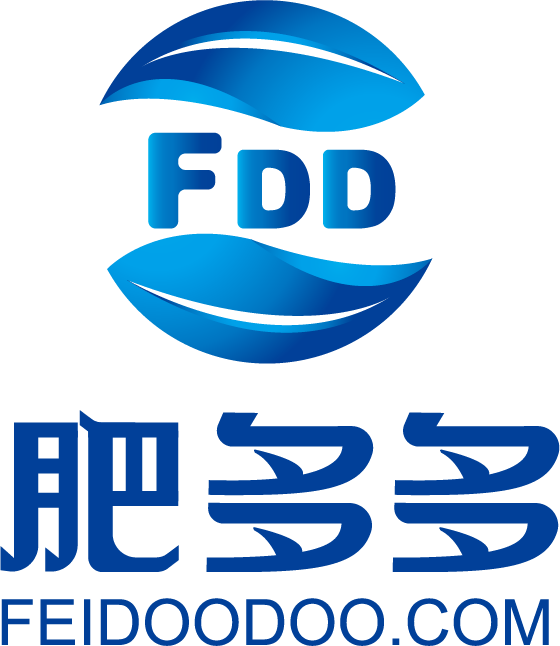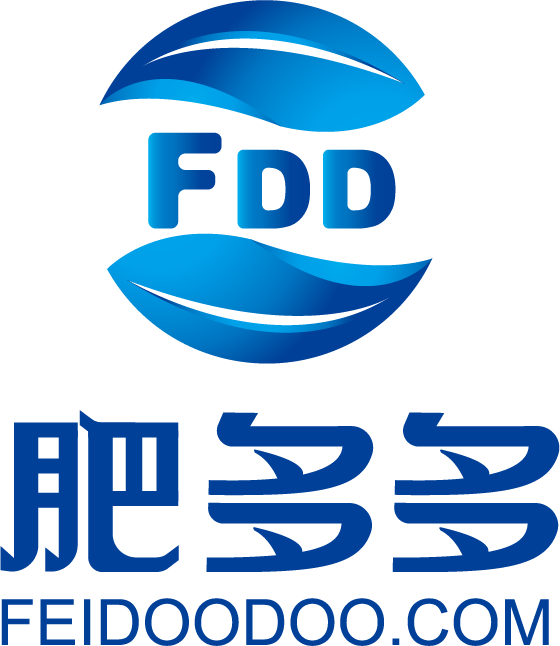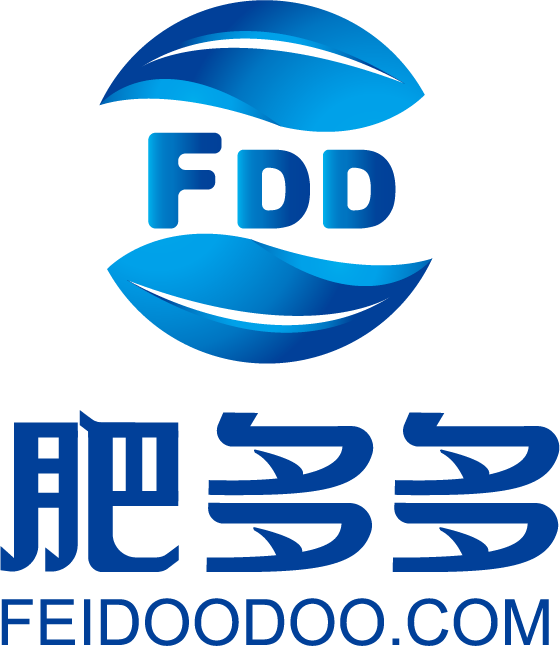- In April 2024, China exported 0.52 million tons of urea, showing a 23.31% month-on-month increase but a 93.15% year-on-year decrease. The average export price was $296.71 per ton. Cumulative exports from January to April 2024 totaled 3.09 million tons, a 94.88% year-on-year decline. On the import side, China imported 47.92 tons of urea in April 2024, marking an 87.23% month-on-month decrease but a 164.89% year-on-year increase. The average import price was $5713.85 per ton. From January to April 2024, cumulative imports reached 3724.44 tons, an 81.33% year-on-year increase. The primary export destinations in April 2024 were Hong Kong and Myanmar, accounting for 52% and 48% of the total export volume, respectively.
- The MAP market saw slight price increases today, with enterprises halting new orders due to tight spot supply and strong pending orders. The trading atmosphere remains positive, but just-in-time procurement by downstream compound fertilizer factories is weaker than before. Raw material prices are stable with minor adjustments. In the short term, MAP prices are expected to continue rising steadily. Conversely, the DAP market remained stable but sluggish, with limited new order follow-up and a generally bearish sentiment. The demand for corn fertilizer is nearing its end, and domestic demand remains moderate. In the short term, DAP prices are expected to continue their weak downward adjustment.
- The urea market saw a decline in prices today as enthusiasm for higher prices weakened among traders. The small granular urea price index dropped by 0.40% week-on-week. Futures prices showed a trend of opening lower and moving higher, influenced by geopolitical risks. The spot market experienced a slight decline in prices due to cautious downstream procurement, leading to manufacturers reducing prices to secure orders. The overall market remains stable with limited fluctuations, and prices are expected to gradually decline in the short term due to tight supply conditions.
- The phosphate fertilizer market showed varied performance this week, with MAP prices continuously rising amid active trading and optimistic sentiments, supported by good order receipts and increased supply. In contrast, DAP prices experienced weak declines due to sufficient market supply and poor new order follow-up, leading to increased inventory pressure and a downward trend in prices. Both MAP and DAP industries saw slight increases in operating rates and production, continuing to outperform the same period last year. Market outlook indicates a steady rise in MAP prices due to strong demand and operational support, while DAP prices are expected to continue their weak downward trend due to low domestic demand and international price pressures.
- The urea market saw a positive trend this week, with prices consistently rising due to reduced inventories and strong support from pending orders. Domestic small granular urea's price index averaged 2371.65, up by 2.85% from last week. Manufacturers are executing large pre-orders, with firm pricing adjustments amid numerous maintenance shutdowns, leading to a short-term downward trend in industry operations and tight spot supply. Regional prices varied, with notable increases across different regions. Futures warehouse receipts grew, indicating active market participation. Industry dynamics showed a decline in daily production and operating rates, while inventory levels dropped significantly. The compound fertilizer and melamine markets experienced stable to slight fluctuations in prices. International prices saw minor increases, with a mixed outlook for supply, inventory, and demand for the coming week.
- This article provides an overview of the current state of the phosphate fertilizer market, focusing on monoammonium and diammonium phosphate. Monoammonium phosphate prices remained stable with a positive market atmosphere and strong demand, supported by tight supply and firm price quotations. In contrast, diammonium phosphate experienced slight price decreases amid weak market conditions and ample supply. The analysis anticipates that monoammonium phosphate prices will continue to rise slightly, while diammonium phosphate will maintain a weak downward trend due to sluggish market activity and stable but high raw material costs.
- This article reviews the current state of the urea market, highlighting the continued rise in prices due to tight market supplies and supportive positive factors. The analysis covers both the spot and futures markets, showing an overall upward trend in prices despite some areas experiencing high price resistance. The futures market displayed weak fluctuations influenced by broader market dynamics, while the spot market maintained firm pricing supported by strong demand from the compound fertilizer production season. The report forecasts that urea prices are expected to remain high in the short term, supported by the tight supply-demand balance.
- This article reviews the current state of the urea market, highlighting continued improvements and a supply shortage that pushes prices upward. The analysis includes details from the futures and spot markets, showing a general upward trend in prices despite regulatory challenges and market volatility. The report forecasts that the favorable market conditions will persist in the short term, maintaining high prices with potential for further adjustments as supply remains tight and demand stays strong.
- This article provides an analysis of the daily trends in the phosphate fertilizer market, focusing on monoammonium and diammonium phosphate. It notes that monoammonium phosphate continues to see robust sales, supported by strong demand and firm pricing due to a large volume of pending shipments. In contrast, diammonium phosphate exhibits weaker performance with slight price declines, influenced by poor order reception and competitive international pricing. The article predicts that monoammonium phosphate prices will likely continue to experience minor increases, while diammonium phosphate will remain on a weak downward trajectory in the near term due to subdued demand and pressure from international markets.
- This article provides an analysis of the current trends in the phosphate fertilizer market, focusing on monoammonium and diammonium phosphate. The monoammonium phosphate market is experiencing an upward price adjustment due to robust order intake, significant pending deliveries, and strong demand, particularly from compound fertilizer enterprises. In contrast, the diammonium phosphate market is witnessing a slight downward adjustment due to decreased order follow-up and increased inventory pressures, reflecting a weaker market stance both domestically and internationally. The analysis predicts that monoammonium phosphate prices will continue to see a slight increase, while diammonium phosphate prices will remain weakly stable in the short term, influenced by raw material costs and market demand dynamics.
- This article discusses the current state and trends of the urea market, highlighting strong support from pending shipments that bolster firm price increases. The domestic urea small granule price index, as of May 13, 2024, shows a slight increase from the previous day, reflecting a general upward trend in market prices. The urea futures market is also active, with notable daily fluctuations. The spot market prices continue to rise due to ongoing supply contractions and robust demand, supported significantly by pending shipments that result in upward price adjustments across various regions in China. Despite high market prices, the enthusiasm for chasing higher prices is limited, leading to a cautious sentiment in the market. The article concludes that the urea market is expected to maintain high and firm price levels in the short term, with a gradual slowdown in the upward trend. This analysis provides insights into the dynamics affecting the urea market's pricing and supply-demand balance.
- This article discusses the trends in the urea market post-May Day holiday, highlighting the consistent rise in urea prices due to stable demand and reduced supply. It provides an in-depth analysis of the price trends, daily production rates, unit maintenance, and inventory levels, both at enterprises and ports. The article also outlines future market expectations, noting a continued strong demand from the agriculture and industrial sectors, despite potential challenges in supply due to maintenance schedules. This comprehensive analysis helps understand the dynamics affecting the urea industry's current state and future prospects.
- The article discusses the current state of the phosphate fertilizer market, focusing on Monoammonium Phosphate (MAP) and Diammonium Phosphate (DAP). The MAP market remains positive with stable prices and slight increases due to high costs and strong downstream demand. In contrast, the DAP market shows limited follow-up, with stable to slightly decreased prices amidst weak domestic demand and cautious trader sentiment. The cost pressures from high prices of raw materials like sulfur, phosphate rock, and synthetic ammonia play a crucial role in maintaining the current market dynamics. Short-term forecasts suggest stable prices with minor adjustments for both MAP and DAP markets.
- This article discusses the current state of the urea market, noting a continuation in the rise of urea prices and a decrease in market supply. While the domestic urea market experiences a slowdown in its price uptrend, quotes are still rising due to decreased supply and consistent demand from downstream sectors. The article also highlights the ongoing maintenance plans that are expected to further tighten the supply. Despite strong support from rigid downstream demand, the high market prices have led to a cautious purchasing mentality. The forecast suggests a short-term stabilization with minor adjustments in the urea market.
- This week, the Monoammonium Phosphate (MAP) market saw a slight improvement in trading atmosphere with prices remaining stable to slightly fluctuating. The average price index for 55% powdered MAP rose by 0.33% to 2898.25. The market experienced a reduction in low-end supplies and an increase in new orders, although overall demand was moderate. Meanwhile, the Diammonium Phosphate (DAP) market continued to show stable prices with a minor decrease. The 64% granular DAP price index dropped by 0.12% to 3829.00, with market transactions remaining flat and cautious. The operating rates for both MAP and DAP industries increased compared to last week, and production levels showed varied trends. Port inventories for MAP remained stable, while DAP port inventories showed a significant year-on-year decrease. In the short term, MAP prices are expected to remain stable with slight fluctuations, while DAP prices are anticipated to continue a stable, minor adjustment trend.
- Mall
- Supermarket
- Supplier
- Integrated logistics
- Warehousing
- Transaction Services
- Expo Services

